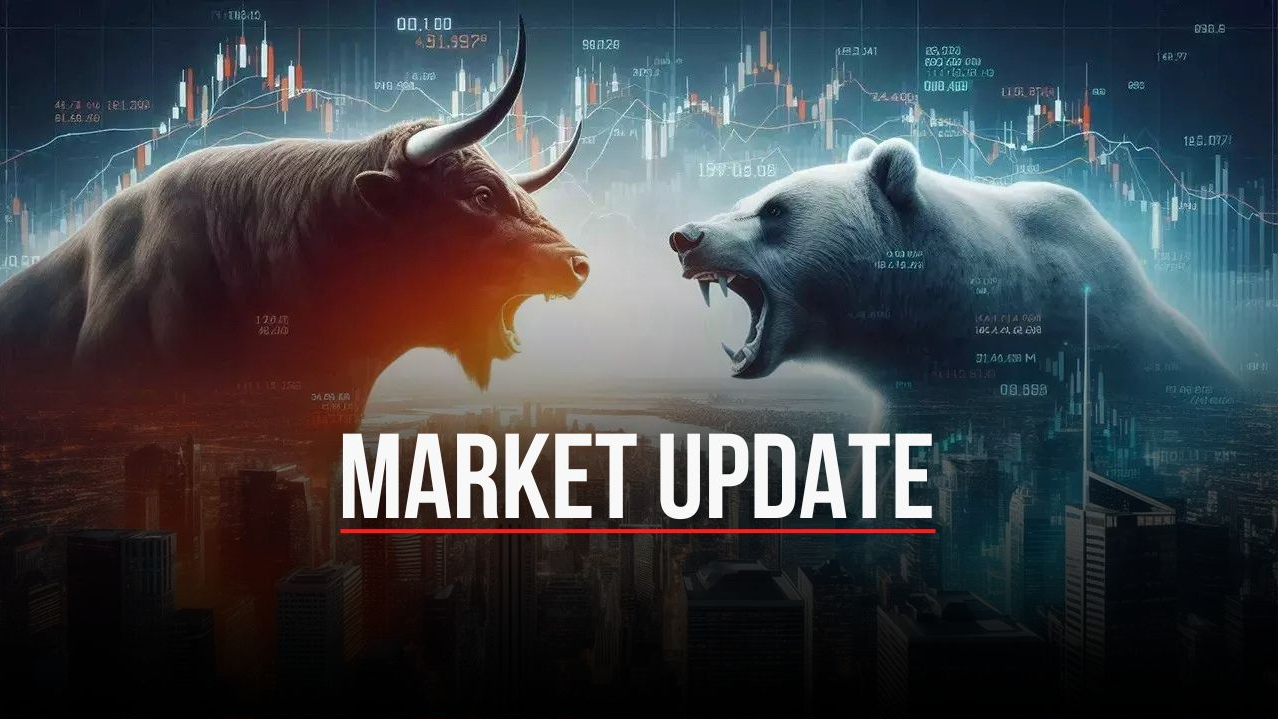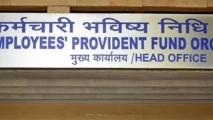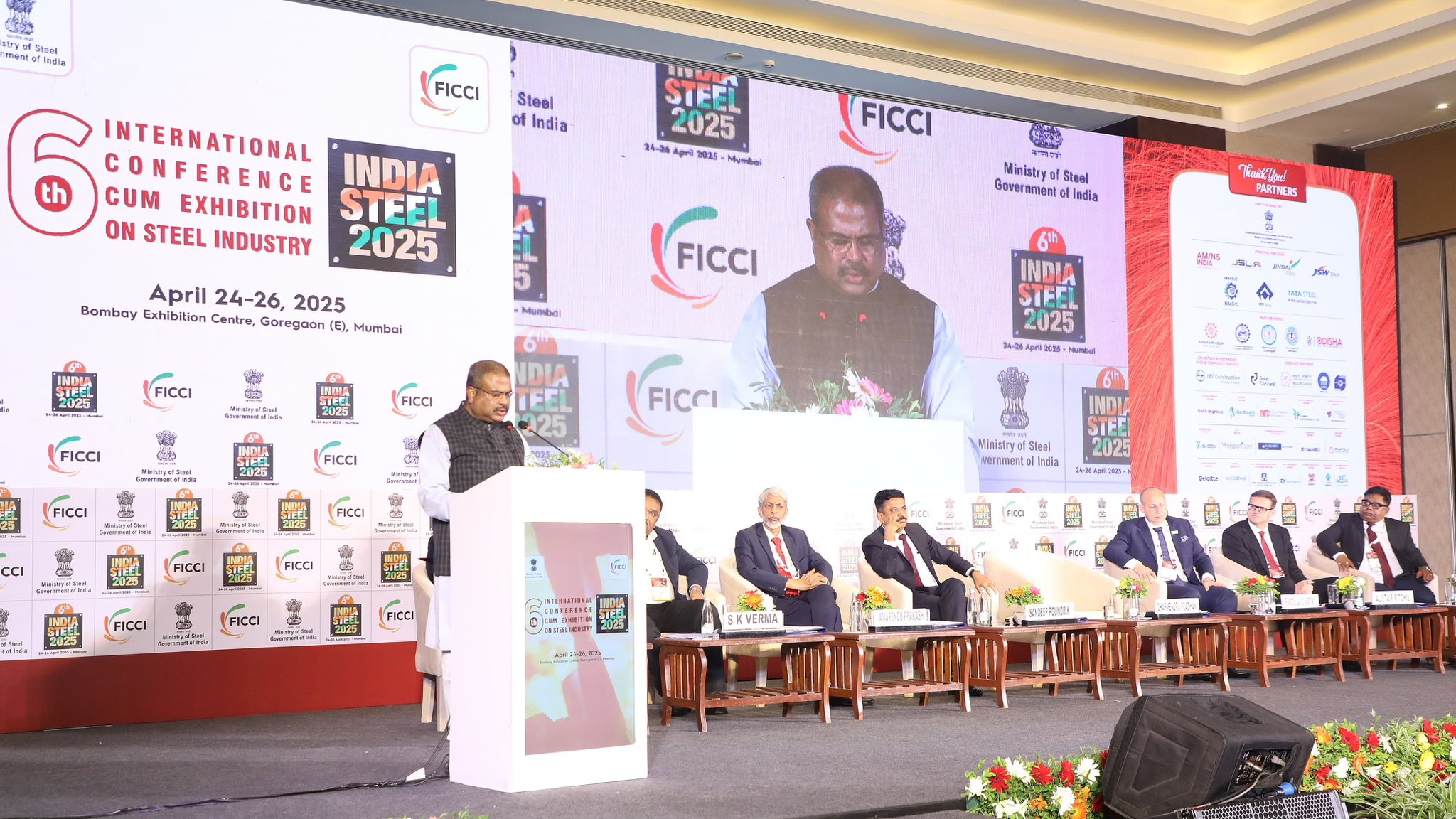After a promising start to 2025, the Indian stock market's New Year rally came to a screeching halt on Friday. Bears took control of Dalal Street, sending the Sensex and Nifty tumbling as a confluence of negative factors spooked investors. A sharp rise in global crude oil prices, coupled with a less optimistic outlook on US interest rate cuts and challenging macroeconomic conditions, triggered a broad-based sell-off, particularly in the IT and banking sectors. The market's sharp reversal after two days of strong gains highlights the underlying volatility and the sensitivity of investor sentiment to both global and domestic cues.
Join the Whatsapp Channel to Get News updates in english
Market Bloodbath: Sensex and Nifty Numbers Tell the Story
The market's downturn was swift and brutal. The BSE Sensex, a bellwether of 30 leading stocks, plunged 720.60 points, or 0.90%, to close at 79,223.11. During the trading day, the index even touched an intraday low of 79,109.73, a drop of 833.98 points (1.04%). The broader NSE Nifty 50 fared no better, sinking 183.90 points, or 0.76%, to settle at 24,004.75. Intraday, it dipped to 23,976, losing 212.65 points (0.87%). This sharp decline wiped out a significant chunk of the 2.3% gains notched up in the first two trading sessions of the year.
Key Factors Driving the Decline:
Several factors conspired to bring the market's rally to an abrupt end:
Oil on the Boil: Global crude oil prices surged, with Brent crude futures jumping $1.29 (1.7%) to settle at $75.93 per barrel. This spike was fueled by optimism surrounding China's economic recovery and its potential impact on fuel demand, following President Xi Jinping's pledge to bolster growth. However, for import-dependent India, rising oil prices are a major concern, stoking inflationary fears and dampening market sentiment.
Macroeconomic Headwinds: The global macroeconomic environment remains challenging. The dollar index strengthened to 109.22, and the US 10-year Treasury yield climbed to 4.56%. These indicators suggest a less favorable climate for foreign institutional investor (FII) inflows into emerging markets like India, impacting overall market liquidity.
US Rate Cut Hopes Dim: Fresh economic data from the US pointed to a robust labor market, diminishing the likelihood of aggressive interest rate cuts by the Federal Reserve. The Fed had recently projected only two rate cuts in 2025, down from earlier expectations of four. The CME FedWatch Tool now indicates an 88.2% probability of a rate pause in January. Higher US interest rates make Indian markets less appealing to foreign investors, leading to capital outflows.
IT and Banking Stocks Lead the Fall
The impact of fading US rate cut hopes was particularly evident in the IT sector. Stocks like TCS, Infosys, and others, which derive a significant portion of their revenue from the US, witnessed substantial declines. "The pullback in IT stocks as well as the benchmarks is expected after the sharp rise in the previous session," noted Aditya Gaggar, a director at Progressive Shares, as reported by Reuters. The banking sector wasn't spared either, with heavyweights like ICICI Bank and HDFC Bank contributing to the market's decline.
Major Losers on the Nifty:
Wipro
ICICI Bank
HDFC Bank
Tech Mahindra
Adani Ports


















































